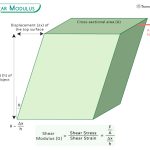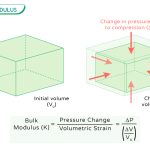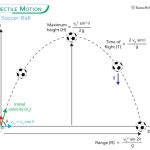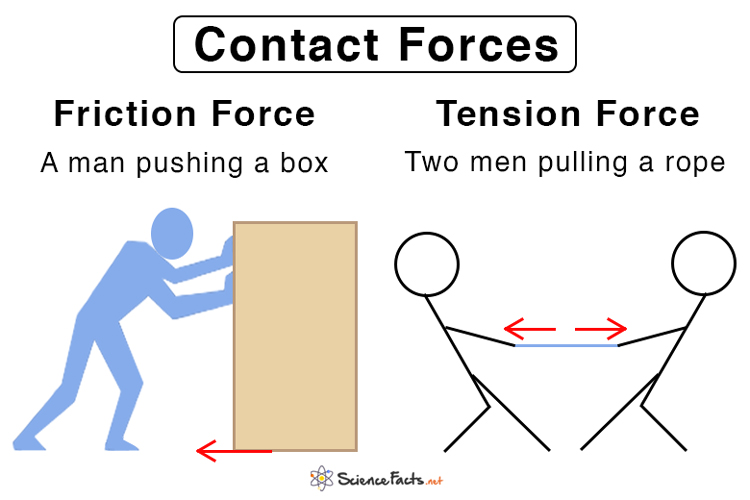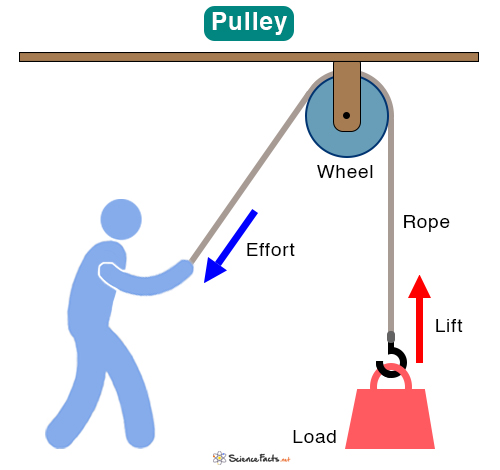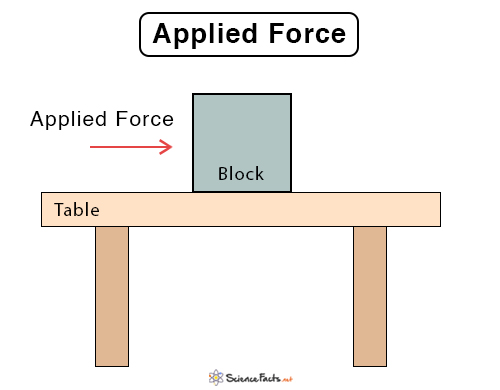Biot-Savart Law
When an electric current flows through a conductor, it generates a magnetic field around it. The Biot-Savart Law is a mathematical equation that allows us to calculate this magnetic field produced by a small segment of the conductor. This law is particularly useful in understanding the magnetic fields created by different types of conductors, such as straight wires, loops, and coils.
Statement
Referring to the image below, the Biot-Savart Law states that the magnetic field contribution from a small segment of a current-carrying conductor depends on the following factors:
- The amount of current flowing through the conductor.
- The length of the small conductor segment.
- The distance from the segment to the observation point P where the field is being measured.
- The angle between the current segment and a unit vector in the direction of the observation point.
Formula
The equation form of Biot-Savart Law is:
\[ \overrightarrow{dB} = \dfrac{\mu_0}{4\pi} \dfrac{I \, \overrightarrow{dl} \times \hat{r}}{r^2}
\]
Where:
– \( d\overrightarrow{B} \): Small contribution to the magnetic field
– \( d\overrightarrow{l} \): Small length segment of the conductor
– I: Current flowing in the conductor
– r: Distance from the conductor segment to the observation point P
– \( \hat{r} \): Unit vector pointing from the length segment to the observation point
– μ0: Permeability of free space (= 4π x 10−7 H/m)
This equation shows that the magnetic field gets stronger when the current is large and weaker as the distance from the conductor increases. It is similar to Coulomb’s Law in electrostatics, which describes how an electric charge produces an electric field. However, a key difference is that while the electric field points toward or away from a charge, the magnetic field forms circular loops around a current-carrying conductor.
Direction of Magnetic Field
The direction of the magnetic field (\( d\overrightarrow{B} \)) can be determined using the right-hand rule. Point the thumb of the right hand in the direction of the current (\( d\overrightarrow{l} \)) and curl the fingers to enclose the conductor. The direction of the magnetic field follows the curl of the fingers, forming loops around the conductor.
Magnitude of Magnetic Field
To derive the magnitude of the magnetic field \( d\overrightarrow{B} \), we assume that θ is the angle between the \( d\overrightarrow{l} \) and \( \hat{r} \) vectors. Then:
\[ dB = \dfrac{\mu_0}{4\pi} \dfrac{I \, dl \, \sin{\theta}}{r^2} \]
Applications
1. Magnetic Field due to a Straight Current-Carrying Wire
The Biot-Savart Law provides a way to calculate the magnetic field generated by a current-carrying wire. Consider an infinitely long straight wire with an observation point at a perpendicular distance r from it.
Applying the Biot-Savart Law, the infinitesimal magnetic field contributions from small current elements are integrated over the entire length of the wire. Due to the symmetry of the problem, the perpendicular components of the field cancel out, leaving only a tangential component, which forms circular field lines around the wire.
Solving the integral leads to the following expression for the magnitude of the magnetic field at a perpendicular distance r from the wire:
\[ B = \dfrac{\mu_0 I}{2\pi r} \]
This result shows that the magnetic field strength is directly proportional to the current I and inversely proportional to the distance d from the wire. As the distance increases, the magnetic field decreases. The circular nature of the field lines confirms that a straight, infinitely long conductor generates a predictable and symmetric magnetic field.
2. Magnetic Field due to a Circular Current-Carrying Wire
The magnetic field at the center of a circular current-carrying wire is derived using the Biot-Savart law. For a circular loop of radius R, each current element contributes to the field at the center, with the direction determined by the right-hand rule. Since all elements symmetrically contribute to the field in the same direction (perpendicular to the plane), we integrate over the entire loop, summing the contributions.
The total magnetic field is obtained by integrating dB over the loop’s circumference 2πR, yielding:
\[ B = \dfrac{\mu_0 I}{2 R} \]
The direction of the field depends on the current: counterclockwise current produces a field pointing out of the plane, while clockwise current results in a field pointing into the plane.
Biot-Savart Law vs. Ampere’s Law
Both Biot-Savart Law and Ampere’s Law are used to determine the magnetic field of various current-carrying devices. The following table compares and contrasts the two:
| Feature | Biot-Savart Law | Ampere’s Law |
|---|---|---|
| Definition | Determines the magnetic field contribution from a small current element | Relates the total magnetic field around a closed loop to the enclosed current |
| Application | Useful for calculating the magnetic field of arbitrary current distributions | Preferable for symmetrical current distributions |
| Complexity | Involves integration along the current path, which can be mathematically complex | Easier to apply when symmetry allows for simple path integrals |
| Example Applications | Magnetic field of a small current loop, finite-length wires. | Magnetic field of an infinite wire, solenoids, toroids. |
-
References
Article was last reviewed on Thursday, February 6, 2025




